Sports
Prepare for Bushfire Season: Must-Have Items for Your Emergency Kit
You’ll get yours packed in neat kits emergency made of high quality, quick-release PVC containers.
Australia’s worst natural disaster, the 7 February 2009 Black Saturday bushfires, claimed more than 100 lives, many houses as well as numerous other structures, including schools and police stations. Another tragedy, the 2019-2020 Australian bushfire season, had a total of 5.4 million hectares (180,000 km2) burnt, along with destruction of more than 2,000 homes.
In spite of Australia’s cooler and wetter weather, dry conditions persist in certain regions, thus, maintaining a high-risk bushfire hazard. This being said, having a fire plan, multiple backup plans, and kits emergency bushfire essentials at hand is mandatory. To make planning complete, and keep everyone safe and sound, it’s important to include all family members, and even pets, in the process.
Bush Fire Protection Blanket
Fire protection blankets are among these essentials because they’re used to put out small fires, avoiding compromise of one’s clothing, or to wrap around a person whose clothes are lit.
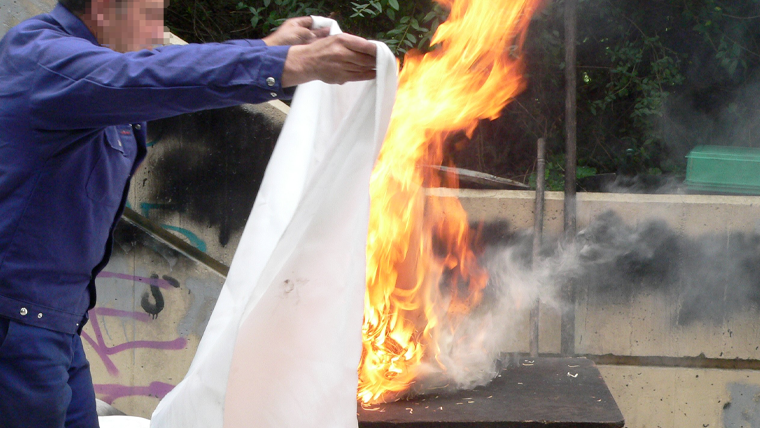
How Does a Fire Blanket Work?
Made from different fire-resistant materials like pure wool, heavy-duty nylon coated in vinyl or fibreglass that can withstand up to 500°C, fire blankets shelter from fire and smoulder it without dripping or melting. They’re compact, portable and can be easily stored. You’ll get yours packed in neat kits emergency made of high quality, quick-release PVC containers. Always store it in strategic places like your car, truck, caravan or garage, and never in the kitchen or close to other fire hazards.
How is Wool Useful as a Fire-Resistant Material?
Wool is naturally a flame retardant that not only ignites slowly but also burns with a self-extinguishing flame. It subsequently forms a soft dissipating ash residue. Synthetic fibres, on the other hand, form a hard, molten bead residue that melts and drips. Wool is preferred since it presents fewer hazards for industrial and military uses in furnishings and apparel.
Varied chemical reactions were developed historically for improving the fire performance of wool fibres. Elements like zirconium, phosphonate, halogenated compounds, or high-performance heat resistant fibres have been applied to wool blended yarns and fabrics to improve fire performance.
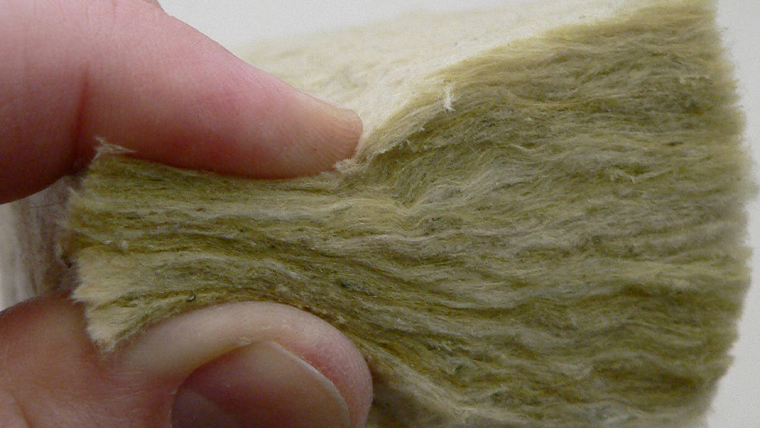
Wool, formed of keratin protein, is recognised as the most flame resistant of all natural fibres due to its naturally high nitrogen and water content. It has a high ignition temperature, low heat of combustion, low heat release and high limiting oxygen index (LOI). A high LOI means that it requires higher levels of oxygen in the surrounding environment in order to burn. As a result, less smoke and toxic gas are formed, compared to synthetic fibres.
Moreover, its low thermal conductivity keeps the heat out. Fabrics and apparel of this specific material are considered safer than those that are mainly cellulose as they ignite and burn rapidly. In fact, cotton and rayon fibres have low heat combustion and high rates of heat release.
How Long is Fire Gear Good For?
Contrary to the longer lifespan of other fire equipment, fire blankets should be replaced after one use, according to the recommendations of the Department of Fire and Emergency Services (DFES).
Burns First Aid Kit
Burns first aid kits emergency should contain multiple soothing and cooling burn gel sachets, sterile gel-infused burn dressings, conforming bandages, and small, medium and large sterile latex-free burns sheets. Ideally, the contents are summed up in a restocking list, making sure you don’t forget anything for the next use. A Burns First Aid Information Leaflet will guide you through the process of treating burns so don’t worry if you have no experience.
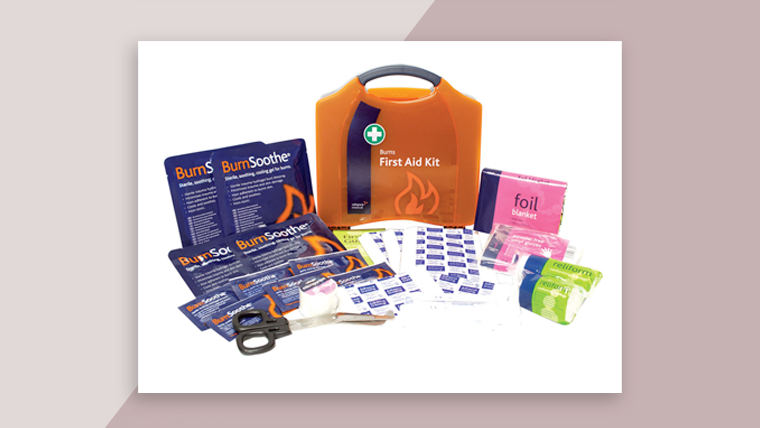
Both first and second-degree burns should be irrigated with water, or ideally saline solution if you happen to have one. Logically, burns are injuries you need to cool off, however, it’s imperative you never ever apply ice on burns. The extreme temperature differences can actually cause further damage to the skin.
Dressings, however, are indicated in partial thickness (second-degree) burns. You’ll recognise this stadium by its redness, blanching, vesicles, and bullae. Unfortunately, less pain isn’t a good sign as it indicates involvement of deeper tissues.
Aloe vera gel, antibiotic ointment, and calamine lotion are a definite plus but they’re not crucial as they’re more part of the aftercare process and less of the first aid part. Also, they’re only suitable for use for first-degree burns. Last but not least, third and fourth-degree burns must be handled by a professional as they require early removal (debridement) of burnt, necrotic tissue and subsequent tissue coverage.
Respiration Masks with Valve
We bet the COVID crisis made you wonder what are N95 masks and what all the fuss is about. N95 masks are filtering facepiece respirators that can filter out at least 95% of airborne particles. As such, they should also be part of your emergency kits.
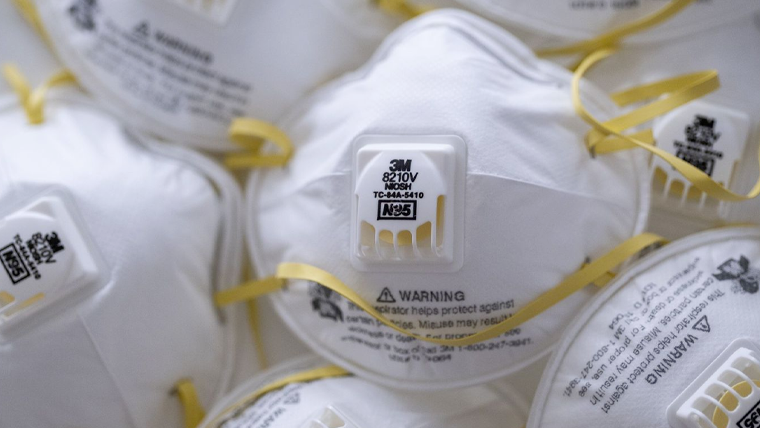
They’re considered the gold standard of face masks in many industries. Not only are they used by healthcare workers to prevent the transmission of infectious diseases, but they are also used to block the entrance of dangerous particles, like smoke. N95 masks trap aerosols and droplets in their fibres so the particles cannot enter the nose or mouth of the mask wearer as they fit snugly to create a seal on the face.
How are N95 masks made so efficient though? Most are made of polypropylene, a synthetic plastic fiber made out of fossil fuels, similar to ones found in clothing like rain jackets, leggings and other types of stretchy fabric. Polypropylene is also used for making surgical masks, but these aren’t as good at filtering particles as the N95 alternative.
Leather Gloves
Structural gloves are designed to be resistant to flame, conductive heat, penetration of liquids, cuts, and punctures, thus, perfect for firefighters and bushfire emergency kits. They consist of an outer shell, a moisture barrier, and a thermal barrier.
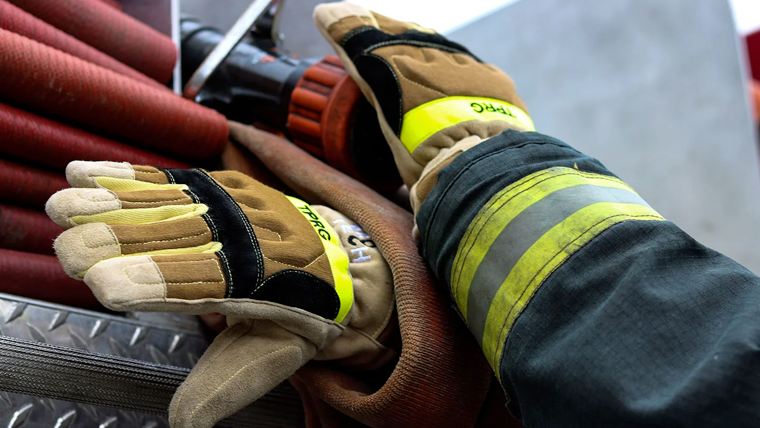
The outer shells are usually made of leather-like cow grain, pig, elk, kangaroo, or goatskin. Leather, in addition to flame and puncture resistance, provides a friction grip while the moisture barrier prevents penetration of water, blood and some chemicals.
Full-grain leather is long–lasting and the most durable of all. However, it’s not eternal, especially if it has faced flames. Retiring your bushfire gear will depend on its age, appearance, the overall condition of the piece, deterioration of specific materials or components, and excessive soil build-up that would impact performance.
Reflective Hi-Visibility Vest
High-visibility or hi-vis clothing is a type of protective clothing made from fluorescent material. The reflective tape or shapes are added for extra visibility and make the wearer more noticeable to those around them. Thus, hi-vi clothing is used for both emergency situations and certain professions where visibility is of utmost importance, so you can’t leave it out of your essential emergency kit either.
High-visibility clothing is often a sleeveless top, but it can be anything that makes it clear that the person on the construction site can be seen. There are three classes of hi-visibility clothing. Class 1 provides the lowest recognized coverage and good visibility, class 2 provides moderate body coverage and superior visibility, while class 3 provides the greatest body coverage and visibility under poor light conditions and at great distance.
Signal Whistle
A safety whistle has to be able to function in various conditions, not just fires. You need a whistle that can maintain audibility and functionality, come hell and high water, literally. Metal whistles are stronger and more durable than most plastic designs (non-ABS), since they don’t get damaged in extreme temperatures and can produce a high decibel sound.
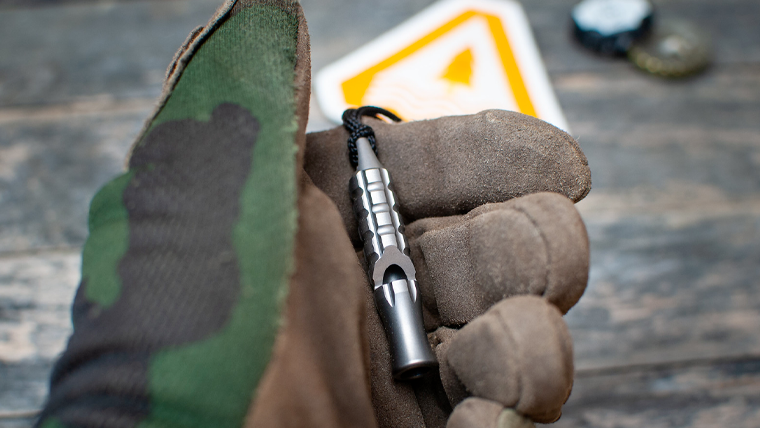
However, they’re very conductive meaning that they will heat up as the temperatures rise. Plastic, on the other hand, isn’t as conductive, will float in liquids and is corrosion resistant. However, it can be weaker and less durable than metal. It too can produce a high-pitched sound.
Easy access and carrying are pivotal. Ideally, the whistle should be easily attached to your clothing, keys, or backpack or can fit flat and comfortably in your pocket, hence, big, bulky and round whistles are not the right choices. The most important criterion for a whistle to be classified as an effective safety tool is loudness.
So, how loud are emergency whistles? A proper emergency whistle should produce a loud and attention-grabbing 120-decibel sound. It might not be as effective as a siren alarm but it can definitely make an emergency situation known.











